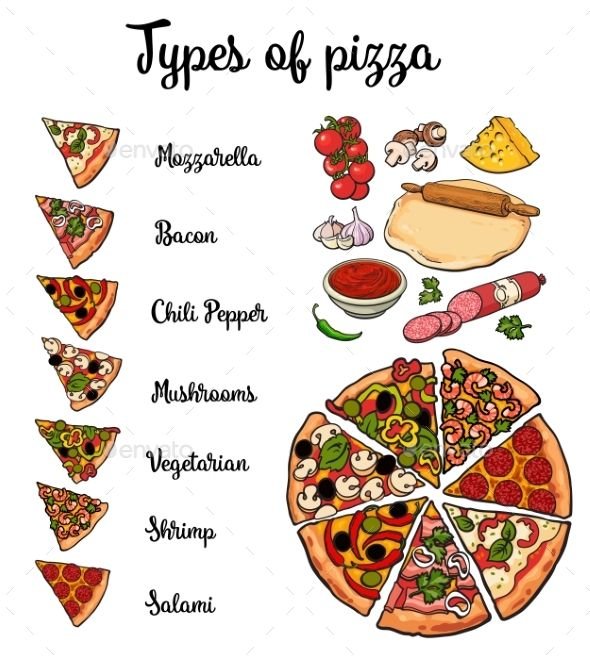Pizza has transcended its origins as a humble Italian dish to become a ubiquitous icon in pop culture and media representation worldwide. From its portrayal in movies and television shows to its influence on fashion and advertising, pizza has carved out a unique place in popular imagination. This article explores the multifaceted role of pizza in pop culture, examining its representation in media, its impact on trends, and its enduring popularity across different cultural contexts.

Representation in Movies and Television
Symbol of Casual Dining and Togetherness
Pizza frequently appears in movies and television shows as a symbol of casual dining and social togetherness. Scenes of characters sharing a pizza at home, in a pizzeria, or during a party convey a sense of camaraderie and relaxation. Examples include the iconic pizza scene in “Teenage Mutant Ninja Turtles” where the turtles indulge in their favorite food, reinforcing pizza as a comfort food enjoyed by all ages.
Cultural Signifier and Setting
In addition to its role as a meal, pizza often serves as a cultural signifier and setting in media. In shows like “Friends,” where the characters frequently gather at Central Perk or Monica’s apartment, pizza is a recurring motif that reflects their urban lifestyle and shared experiences. Its presence in sitcoms, dramas, and even animated series underscores its versatility as a narrative device and cultural marker.
Influence on Fashion and Merchandise
Pizza-Themed Apparel and Accessories
Pizza’s popularity extends beyond the screen into fashion and merchandise. Pizza-themed apparel, such as T-shirts, socks, and hats adorned with pizza slices or pepperoni patterns, appeal to consumers of all ages. These items celebrate pizza as a fun and whimsical motif that adds a touch of playfulness to everyday fashion.
Merchandising and Collectibles
Pizza-themed merchandise also includes collectibles and novelty items, ranging from pizza-shaped pillows and phone cases to decorative magnets and keychains. These products capitalize on pizza’s universal appeal and serve as tangible reminders of its cultural significance in everyday life.
Advertising and Branding
Marketing Campaigns and Commercials
Pizza is frequently featured in advertising campaigns for restaurants, food delivery services, and frozen pizza brands. These marketing efforts capitalize on pizza’s association with comfort, convenience, and indulgence to attract customers. Advertisements often emphasize the irresistible taste, quality ingredients, and variety of pizzas available, appealing to consumers’ cravings and desire for satisfaction.
Brand Identity and Recognition
Pizza chains and pizzerias use branding strategies to differentiate themselves in a competitive market. Logos, slogans, and brand imagery associated with pizza convey messages of freshness, authenticity, and reliability. Establishing a strong brand identity helps pizzerias build customer loyalty and recognition, reinforcing pizza’s role as a staple of dining and takeaway options.
Social Media and Viral Trends
Viral Challenges and Food Trends
Pizza’s presence on social media platforms contributes to its ongoing popularity through viral challenges and food trends. Challenges like the “Pizza Rat” video, where a rat carries a slice of pizza through a New York City subway station, went viral and became a cultural phenomenon, showcasing pizza’s enduring appeal and ability to capture public imagination.
Food Influencers and Pizza Creations
Food influencers and bloggers frequently feature pizza in their content, showcasing unique pizza creations, taste tests, and reviews. These influencers play a significant role in shaping culinary trends and consumer preferences, influencing how pizza is perceived and consumed globally. Their creative interpretations and recommendations contribute to pizza’s cultural relevance and innovation.
Cultural Diversity and Adaptation
Global Adaptation and Localization
Pizza’s journey from Naples to global popularity has led to diverse adaptations and regional variations. In different parts of the world, local ingredients, cooking techniques, and cultural influences have shaped unique pizza styles. From New York-style pizza with thin crust and large slices to deep-dish Chicago pizza and Japanese Okonomiyaki pizza, these variations highlight pizza’s adaptability and cultural integration.
Fusion Cuisine and Culinary Exploration
Pizza’s versatility has inspired chefs and home cooks to experiment with fusion cuisine and unconventional toppings. Creative combinations such as BBQ chicken pizza, Hawaiian pizza with pineapple and ham, or vegetarian options with Mediterranean flavors reflect a blending of culinary traditions and a willingness to innovate. These interpretations contribute to pizza’s ongoing evolution and relevance in contemporary dining.
Conclusion
Pizza’s role in pop culture and media representation is a testament to its universal appeal and cultural significance. From its portrayal in movies and television shows as a symbol of togetherness and casual dining to its influence on fashion trends, advertising campaigns, and social media virality, pizza has become more than just a food—it is an icon that transcends borders and generations. As pizza continues to evolve and adapt to diverse cultural tastes and culinary innovations, its place in popular culture as a beloved comfort food and symbol of shared experiences remains firmly entrenched.




